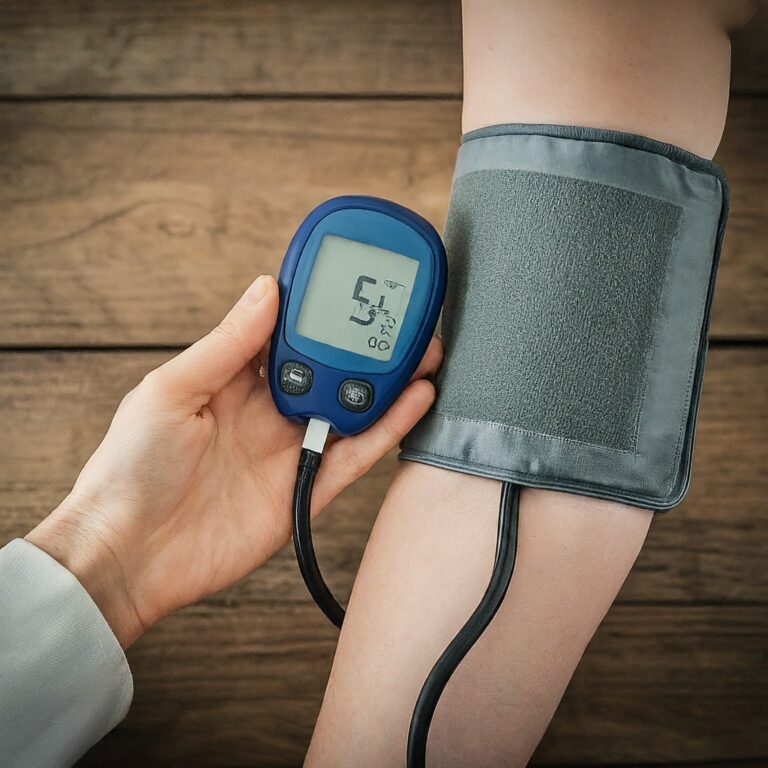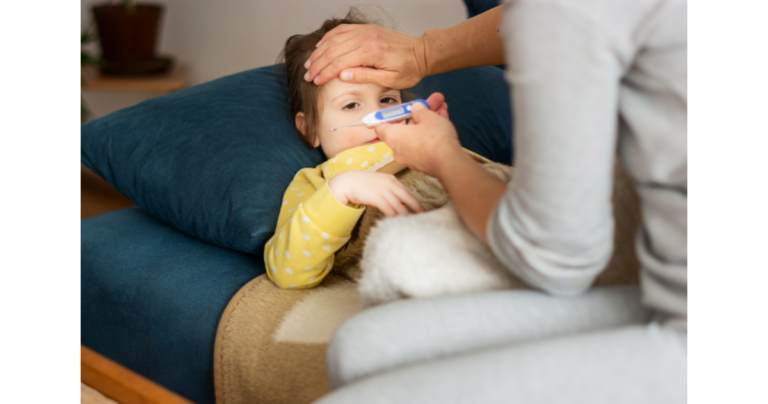Color Therapy
Color therapy, also known as chromotherapy, is a type of alternative therapy that use color and light to balance and improve physical, emotional, and mental health. This practice is founded on the belief that different colors have unique vibrations and frequencies that can affect our bodies and minds.
Color therapy has been practiced for thousands of years. Chromotherapy was practiced by the ancient Egyptians, Greeks, and Chinese. In Egypt, for example, rooms were built in appropriate hues to heal various ailments. The Greeks utilized colorful minerals and stones, whereas in traditional Chinese medicine, colors are linked to certain elements and organs.
In Indian Ayurvedic, Chakras—the body’s energy centers—are important to Indian Ayurvedic therapy. Each chakra is connected with a distinct color, which is said to influence both physical and emotional health.
Commonly Used Colors and Their Effects:
- Red: Energizing and exciting; related to physical vitality, passion, and courage.
- Orange: Uplifting and stimulating; associated with creativity, excitement, and enthusiasm.
- Yellow: Stimulates mental processes and neurological system; associated with happiness and intelligence.
- Green: Balancing and calming; symbolizes nature, growth, and emotional stability.
- Blue: Soothing and calming; promotes relaxation and communication.
- Indigo: Associated with intuition and deep contemplation; used to enhance perception.
- Violet/Purple: Spiritual and meditative; connected to imagination, spirituality, and inspiration.
Applications of Color Therapy:
- Mental Health: Used to treat anxiety, depression, and other mood disorders by promoting emotional balance.
- Physical Health: Some practitioners use color therapy to alleviate physical symptoms, such as pain or inflammation, although scientific evidence is limited.
- Wellness and Relaxation: Frequently used in spas and wellness centers to create calming environments that promote relaxation and stress relief.
Principles of Color Therapy:
- Energy Vibrations: Each color has a distinct wavelength and frequency that is supposed to influence the body’s energy field or aura. According to the hypothesis, energy imbalances in the body can cause medical or emotional problems, which color therapy tries to remedy.
- Color Associations: Colors are linked to emotional and psychological states. For example:
- Red: Associated with the adrenal glands, red is used to energize and stimulate the body and mind. It is linked to passion, power, and vitality but can also evoke aggression.
- Green: Linked to the heart chakra, green is associated with balance, calmness, and renewal. It’s often used to reduce stress and promote healing.
- Blue: Associated with the throat chakra, blue is used to encourage communication and calmness. It’s believed to help with speech-related issues and can have a cooling effect on the body.
Techniques Used in Color Therapy:
- Colored Lights: This method involves exposure to light of specific colors. A therapist might use lamps with colored filters to direct light onto specific areas of the body.
- Visualization: Patients are guided through meditative practices where they visualize specific colors. This method is often used to influence mood and mental states.
- Color Bathing: Immersing oneself in water infused with colored light or surrounded by colored materials is another method. The idea is that the body absorbs the energy of the color through the skin.
- Colored Objects: Wearing clothing, using colored gemstones, or decorating living spaces with specific colors to encourage desired emotional or psychological effects.
- Art Therapy: Incorporating colors into creative activities like painting or drawing. The colors chosen can reflect the individual’s emotional state and can be used as a tool for self-expression and healing.
Scientific Perspective:
- Placebo Effect: Some scientists argue that the benefits of color therapy may largely be due to the placebo effect, where the patient’s belief in the treatment plays a significant role in its effectiveness.
- Psychological Impact: Studies in color psychology suggest that colors can influence mood and behavior, although responses to color can be subjective and vary between individuals.
- Research Limitations: While there is anecdotal evidence for color therapy, serious scientific research are scarce. Some researchers are suspicious of chromotherapists’ claims, claiming that further research is required to prove their usefulness.
Modern Applications:
- Interior Design: Color psychology is widely applied in interior design, where specific colors are chosen to create desired atmospheres in homes, offices, and therapeutic environments.
- Marketing and Branding: Color psychology is used by businesses to influence consumer behavior through branding and marketing. For example, red is commonly employed in fast-food logos to drive appetite, whereas blue is utilized by banks to elicit trust.
- Personal Wellness: Many people include color therapy into their self-care routines, including yoga, meditation, and aromatherapy.
Final Thoughts:
Color therapy is a unique approach to health and well-being by utilizing the psychological and emotional impact of colors. While it is not a replacement for medical treatment, it can supplement other treatments and improve general health. Color therapy, like any other alternative therapy, should be approached with an open mind while also exercising critical thinking, taking into account both its potential benefits and limitations.







